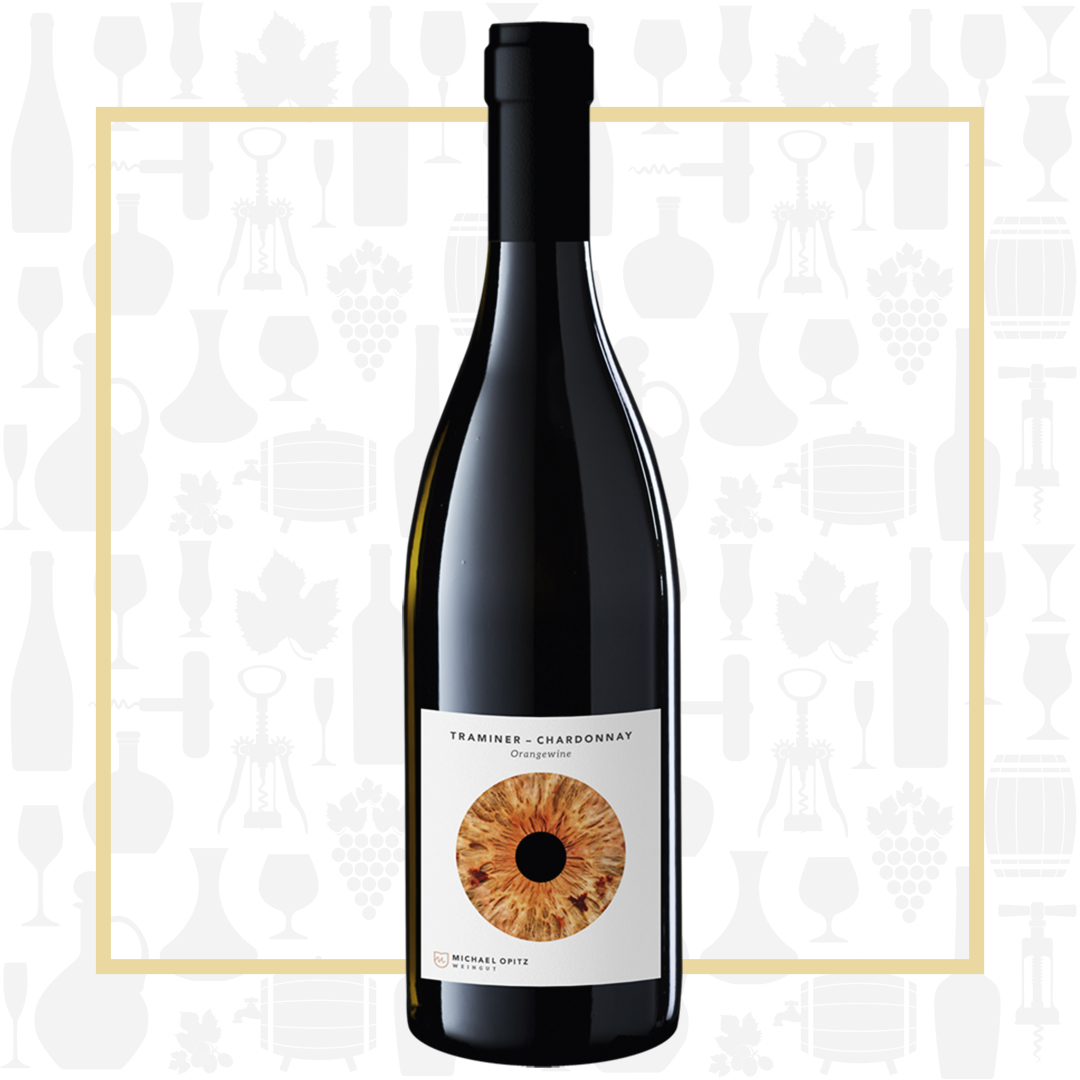Cellar Profile
In 2000, 3rd generation winemaker and owner, Michael Opitz, began producing fine wines from grapes that had been grown in the same spot for over 100 years. Michael’s Motto: “no tricks, just wine”. He takes a serious ecological approach in the vineyard and his wines are all crafted using minimal intervention in the cellar. Grapes are grown in harmony with the local flora and fauna of the Pannonian Plain and the Seewinkel National Park nearby. No pesticides or herbicides are used and he rotates the ground cover between the old vines and dry farms to stress the plants into producing fully ripe fruit. Planted to indigenous grapes like Zweigelt, Blaufränkisch and Grüner Veltliner, Opitz also works with French varietals such as Chardonnay, Pinot Gris and Sauvignon Blanc, which grow particularly well in the gravelly, loamy soils of the estate.
Region
The Burgenland sits in the furthest east area of Austria, also known as “Lower Austria”. It is known for producing the richest reds in the country, as well as mineral-driven whites. Located on the continental Pannonian Plain, the summers are quite hot and extremely dry, with low average rainfalls. However, the sub-region of Neusiedlersee near Weingut Opitz, is quite humid and many of the vineyards are consistently able to produce botrytis-affected sweet dessert wines, including the treasured Trockenbeerenauslese that Burgenland is famed for. There are inland saline lakes, leftover from the ancient inland sea, adding a curious complexity to the wines of the region, particularly the whites. The evenings are cool, slowing the ripening process and maintaining acidity. The main reds planted are Blaufränkisch and Zweigelt, with Gruner Veltliner and Welschriesling as the primary whites. There is a decent volume of French varietals such as Sauvignon Blanc and Merlot planted as well.
Vineyard
The Opitz family first planted grapes over 100 years ago, on the same site the old vine vineyards sit today. The soil is loose and gravelly, with sandy loam. Influenced by Lake Neusiedl and the saline lakes of Seewinkel National Park nearby, the vineyards are dry-farmed and organically cultivated.
Winemaking
The hand-harvested grapes are crushed, then undergo a long, slow primary wild-yeast fermentation on the skins for 3 weeks. After fermentation, the wine is aged for 10 months in a combination of seasoned Austrian oak and acacia barrels, before being bottled, unfined and unfiltered.
Varieties
The homeland of Gewürztraminer — which literally means “Spice” Traminer— lies in the foothills of the Alps. Originating in Germany, it is now grown in Italy, Hungary, Romania, Croatia, France and Slovenia. It has high natural sugar but wines made from this grape range from bone dry to intensely sweet. Pinot Grigio/Gris originated in Burgundy, France and is thought to be a mutant clone of Pinot Noir. There are several styles of Pinot Grigio: dry and mineral-driven, dry and fruit-forward or rich and fruity. The dry and mineral style is most commonly found in wines from the northern parts of Italy, from the foothills of the Alps and from Austria.
Tasting Notes
Aromas of tropical fruits, peach, marmalade and white flowers. The palate is dry and rich, but refined. You’ll find stone fruit flavours on the palate, along with black tea, cardamom, blood orange and a good dash of salinity. The acids are mild, but the wine isn’t flabby, and there is a touch of nuttiness. Despite the skin contact, the tannins are minimal and offer a good counterpoint to the viscosity of the Traminer element. Chill lightly and serve with summer salads, seared scallops or grilled sausages and sauerkraut.

